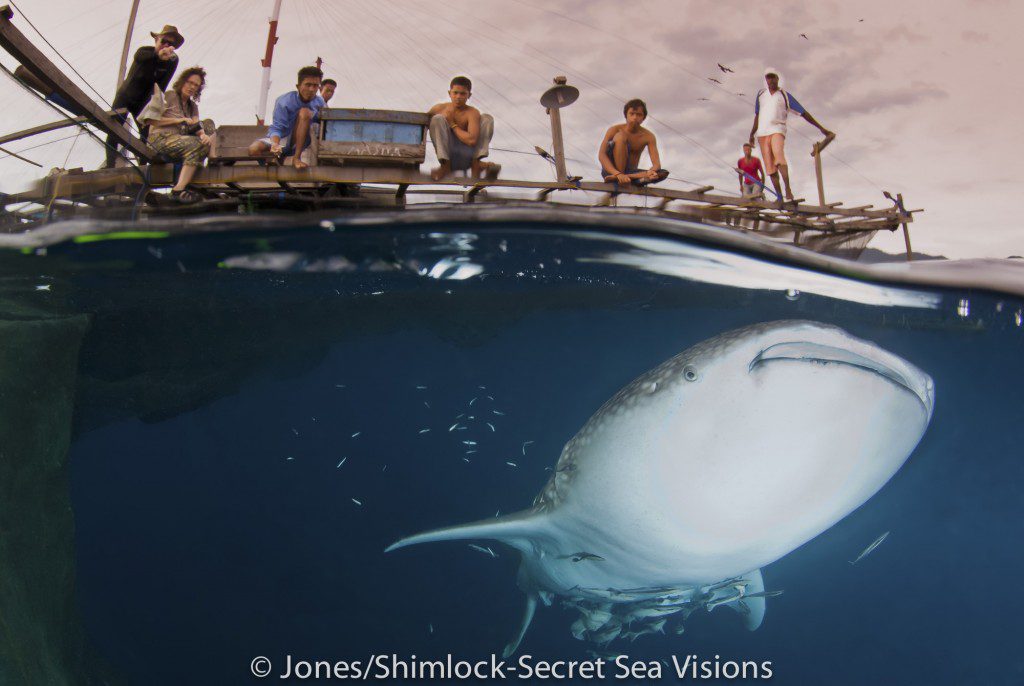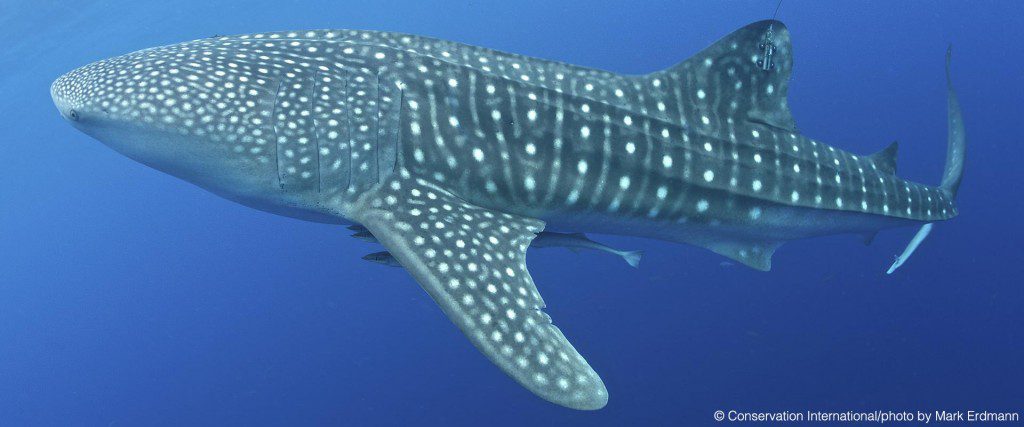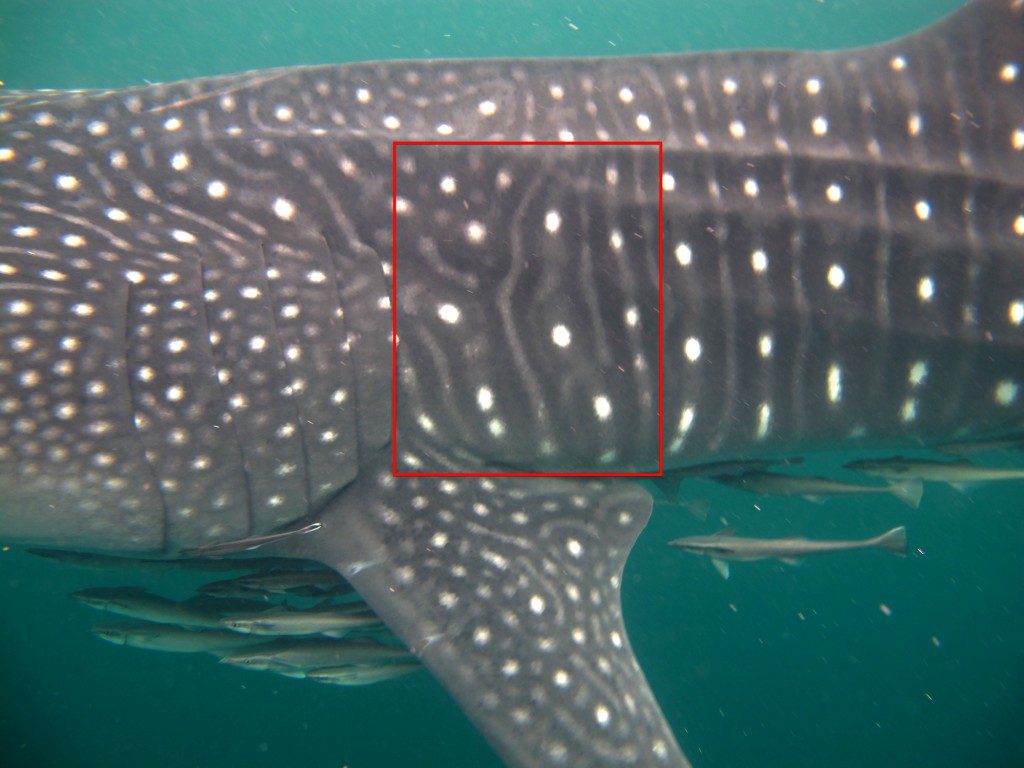- About
- News-Topics
- Galleries
- Partners
 Conservation International (CI)
Conservation International (CI) Coral Reef Alliance (CORAL)
Coral Reef Alliance (CORAL) Indonesia Biodiversity Research Center (IBRC)
Indonesia Biodiversity Research Center (IBRC) Kalabia Conservation Education Program & Yayasan Kalibia Indonesia (YKI)
Kalabia Conservation Education Program & Yayasan Kalibia Indonesia (YKI) The Manta Trust
The Manta Trust Misool Baseftin
Misool Baseftin National Oceanographic and Atmospheric Administration (NOAA)
National Oceanographic and Atmospheric Administration (NOAA) Papua Turtle Foundation (YPP)
Papua Turtle Foundation (YPP) Raja Ampat Research and Conservation Centre (RARCC)
Raja Ampat Research and Conservation Centre (RARCC) Konservasi Indonesia
Konservasi Indonesia RARE
RARE Sea Sanctuaries Trust
Sea Sanctuaries Trust Seventy Three
Seventy Three Starling Resources
Starling Resources Stay Raja Ampat
Stay Raja Ampat The Nature Conservancy (TNC)
The Nature Conservancy (TNC) UNIPA – Universitas Negeri Papua, or the Papua State University (UNIPA)
UNIPA – Universitas Negeri Papua, or the Papua State University (UNIPA) WildAid
WildAid WWF – Indonesia
WWF – Indonesia WWF – US
WWF – US Blue Ocean Network
Blue Ocean Network Raja Ampat SEA Centre
Raja Ampat SEA Centre Child Aid Papua
Child Aid Papua Planet Deep
Planet Deep The Sea People
The Sea People Jangkar – Indonesia Liveaboard Association
Jangkar – Indonesia Liveaboard Association Reef Guardian
Reef Guardian EPI
EPI Thrive
Thrive- Close
- Resources
- Visitor Info
- Maps
- Raja Ampat Maps
- Triton Bay
- Cenderawasih Bay
- Bomberai / Fakfak
- Marine Protected Areas
- MPA: Pratinjau KKP Raja Ampat
- MPA: Perairan Kepulauan Ayau Asia
- MPA: Teluk Mayalibit
- MPA: Selat Dampier
- MPA: Perairan Kepulauan Misool
- MPA: Perairan Kepulauan Kofiau Boo
- MPA: Perairan Kepulauan Fam
- MPA: Kaimana MPAs
- MPA: Taman Pesisir Teluk Nusalasi
- MPA: Taman Pesisir Teluk Berau
- MPA: Jeen Womom Coastal Park
- MPA: Cendrawasih Bay National Park
- MPA: Kepulauan Padaido
- MPA: KKP Maksegara (Makbon)
- MPA: TCBFM Teluk Bintuni
- MPA: KKP Sorong Selatan
- MPA: Taman Wisata Perairan Raja Ampat
- Close

How It Works
The Bird’s Head Seascape Whale Shark ID Website is a visual gallery of whale sharks that have been individually recognised using photo-identification. It was created to give you the opportunity to meet the whale sharks of the Bird’s Head, contribute your own whale shark sightings, and for us to share with you what we have learned from our research.
We employ various research techniques on whale sharks in the Bird’s Head, including, photographic-identification, satellite tagging, genetic analysis, community interviews and fishery surveys, the combination of which enables us to piece together key data, creating a seascape-wide knowledge-base of whale shark distribution, population ecology and threats.

Use this site to browse through images of all of the whale sharks that we have identified to date and get to know a little more about them, such as:
- Whether male or female
- Pregnancies
- Their size
- Location and frequency of sightings
- Sexual maturity
- Injuries and scarring
- Whether they have been satellite tagged
Photo-Identification
Each and every whale shark has a unique pattern of spots, blotches and streaks on their bodies, and we use these patterns to identify individuals – much like a fingerprint is used to identify individual humans. Photographing these patterns is a simple and non-invasive technique that scientists use to learn more about whale shark populations. By cataloging photo-IDs along with information about each sighting (such as date, location and environmental conditions), over time we are building a comprehensive database of individual whale sharks that will allow us to:
- Estimate population size;
- Investigate sex ratios;
- Identify any seasonal trends;
- Understand habitat use;
- Document movements and distribution;
- Investigate growth rates;
- Observe individual and social behaviour.
How To Take a Whale Shark Photo-ID

Every single whale shark photo-ID and accompanied sighting information is an important piece of data, enabling scientists to unravel the mysteries surrounding the world’s biggest fish.
Help us better understand and conserve Indonesia’s vulnerable whale shark populations by contributing your whale shark photo-IDs. Learn how to take the perfect whale shark identification photo by following these simple steps:
Step 1: If you encounter a whale shark while diving or snorkeling make sure you adhere to general and site-specific whale shark codes-of-conduct and interaction guidelines. Avoid chasing or touching the whale shark, as this can stress the animal – often times leading it to swim away.
Step 2: Stay calm and assess the whale sharks behaviour, and try to position yourself on the left side of the whale shark. If you are patient, whale sharks will often approach you out of curiosity.
Step 3: Aim your camera at the left side of the whale shark’s body, focusing particularly on the area between the gills and the dorsal fin.
The primary ID area is from the back of the last gill slit to the trailing edge of the pectoral fin, in a roughly rectangular area that extends to the top lateral “ridge” along the body (NOT to the absolute top of the animal.) NOTE: if your lens is wide enough, try to photograph the entire left side of the animal – which can document scars and injuries that also help identify the individual. ALSO, while the preferred ID shot is from the left side, we have tried to also compile as many right-side images as possible of individuals – and a right side shot is better than no shot – so please don’t hesitate to submit right side images as well!
 The primary ID area for Whale Shark Identification
The primary ID area for Whale Shark IdentificationHow to Use this Site
1) Browse the Whale Shark ID Database
- Go to the “Whale Shark Database” page.
- Either browse the database or use the filters for specific whale sharks by spots.
- Click on a whale shark photo to reveal all details about this whale shark.
2) Submit a Whale Shark ID:
- Capture a photo clearly showing the whale sharks spots on its left side, noting that right side images are also valuable if you are unable to document the left side.
- Crop your photo to include only the whale shark (be careful not to crop the fins or tail off).
Go to the “Submit Whale Shark Sighting” page
- Upload your image.
- Fill in the form.
- Optional: Search the database to see if your whale shark is new or a re-sighting (both are extremely valuable, and your efforts to help match your photo-ID to those in the database are greatly appreciated by our team!). Note that the database does include right side images of individuals whenever available – they are labelled as such in the gallery for each individual.
- Submit your photo-ID!


Twitter: @BHSeascape
Tags
Categories
- Berita Terkini
- Biodiversity
- Biodiversity/Taxonomy/Ecology
- Biogeography
- Bomb Fishing
- Conservation/Science
- Diving
- Drone photography
- Ecology
- Education
- Forestry
- media
- Natives
- Nelayan bom
- Painting
- Photography
- Ranger Patrol
- Regional
- Research
- ReShark
- Scuba
- Snorkeling
- StAR
- Taxonomy
- Tourism
- Training
- underwater photography
- Underwater Videography
- Videography
Archives
Recent Posts
- Ultimate Indonesia:Extraordinary Adventures by Garry Bevan
- ReShark – a Gallery by *Mark Erdmann
- Coral Triangle Cameos: Biodiversity and the Small Majority by Alan Powderham
- StAR project successfully completes first 2024 releases of 6 leopard shark pups in Raja Ampat! by *Mark Erdmann & **Nesha Ichida
- Bailem Valley Festival, 7-10 August, 2025
- Insights into the visitations of oceanic manta rays at cleaning stations on coral reefs in the Bird’s Head Seascape, eastern Indonesia by Edy Setyawan and others
- Introducing “Manis”, the Orphan Dugong Calf by *Mark Erdmann & **Nesha Ichida
- Important Shark And Ray Areas In Indonesia: The BHS Leads The Way
- Snorkeling the Coral Triangle in Raja Ampat by Danita Delimont Herbig
- A Surprising Visit to Seattle’s Ocean Pavilion as it Nears Completion
- Indonesia and US seal $35 million Coral Reef Debt Swap by Marc Jones (Reuters)
- We Discovered Raja Ampat’s Reef Manta Rays Prefer Staying Close to Home – which Could Help Us Save More of Them by Edy Setyawan








